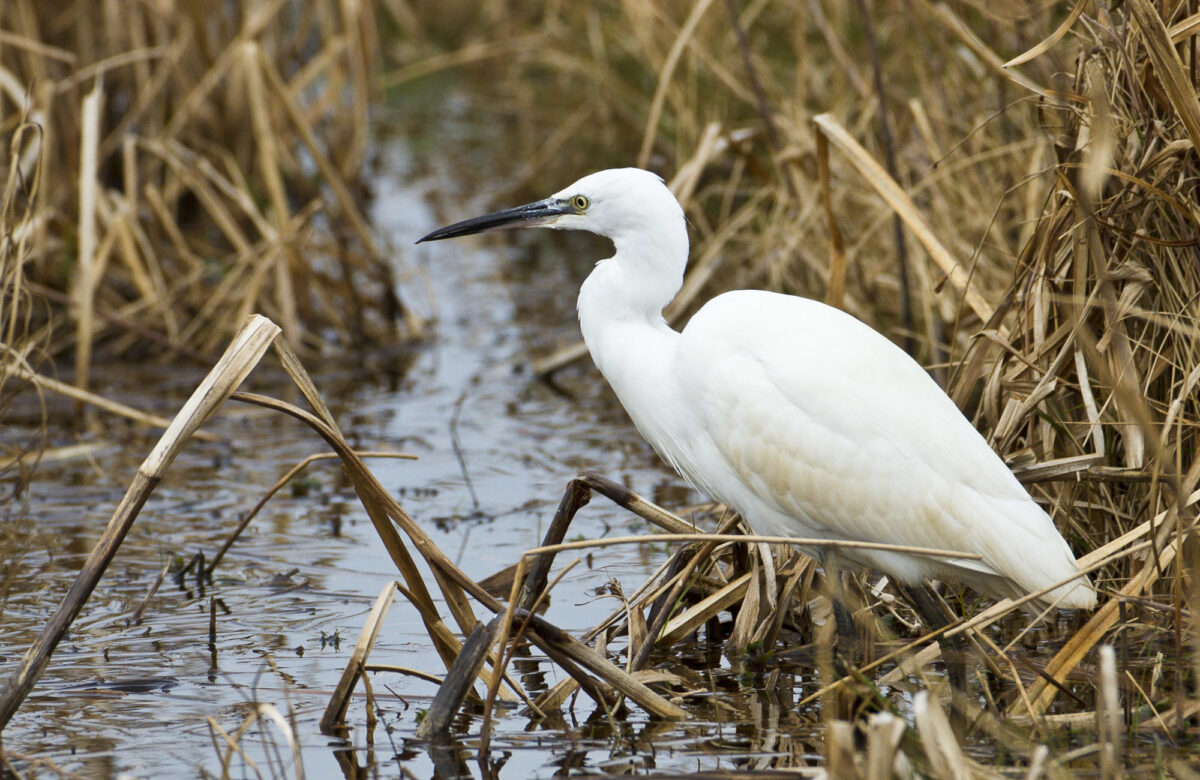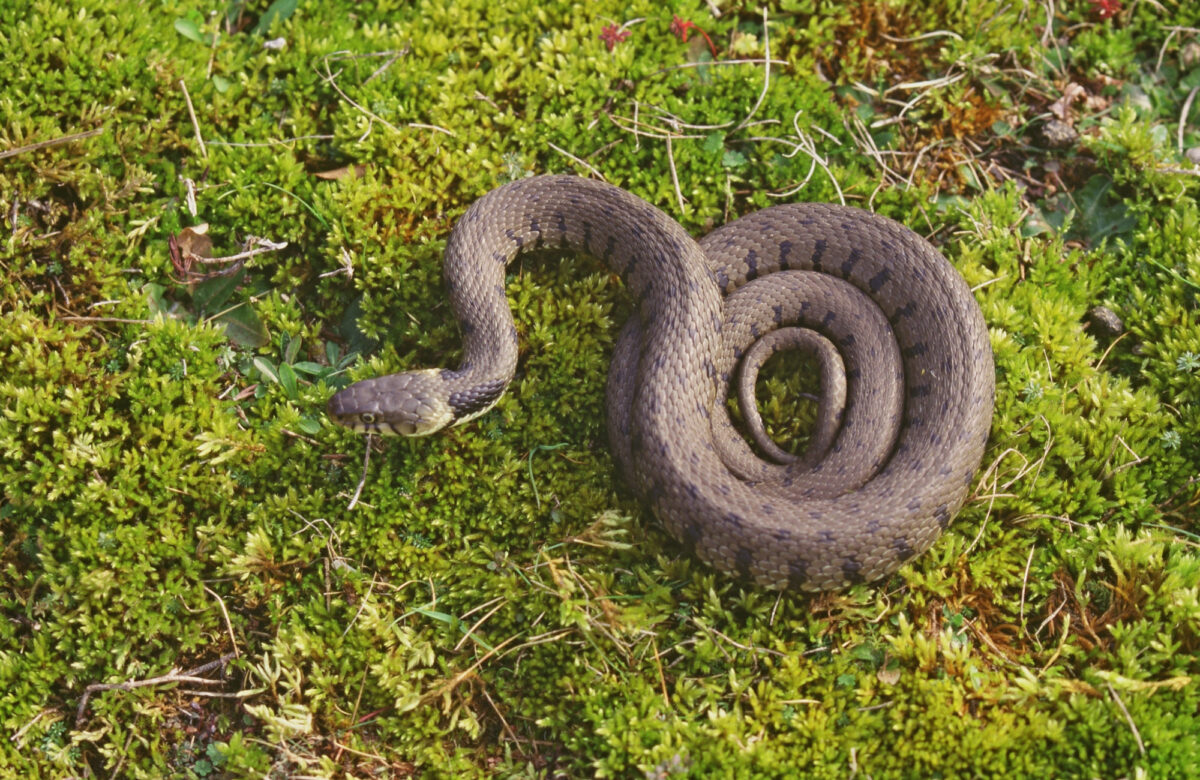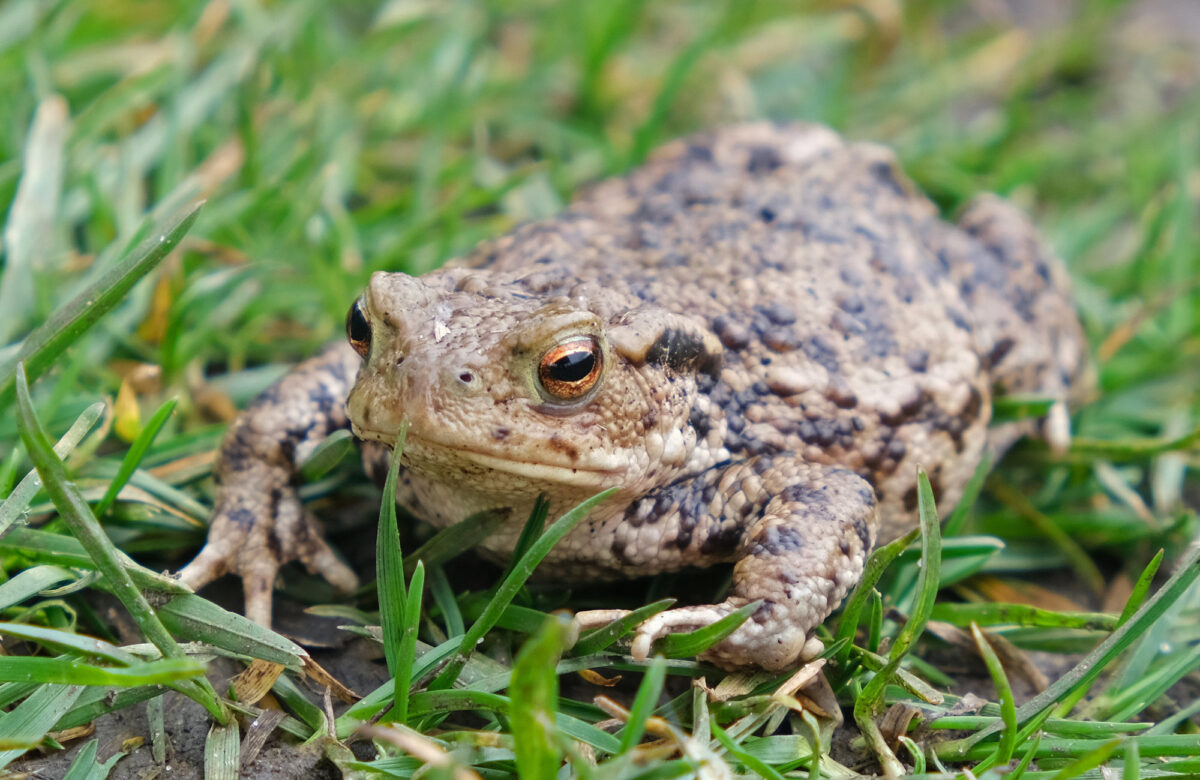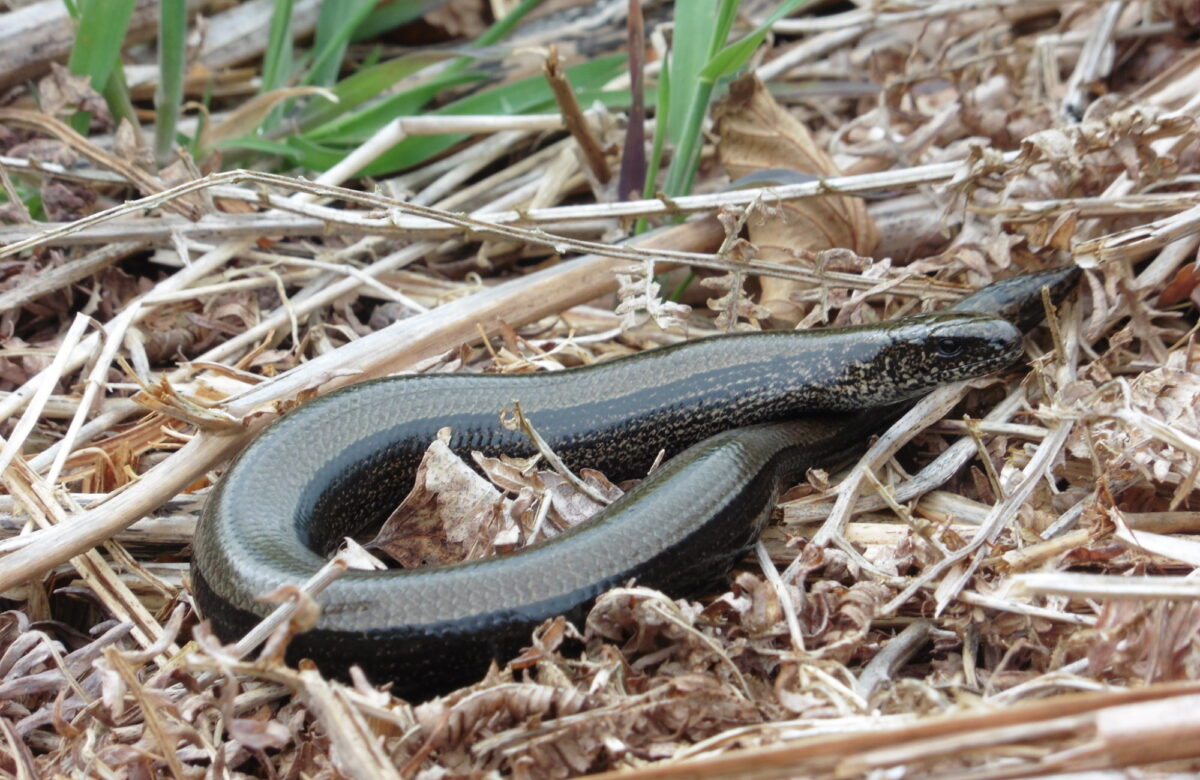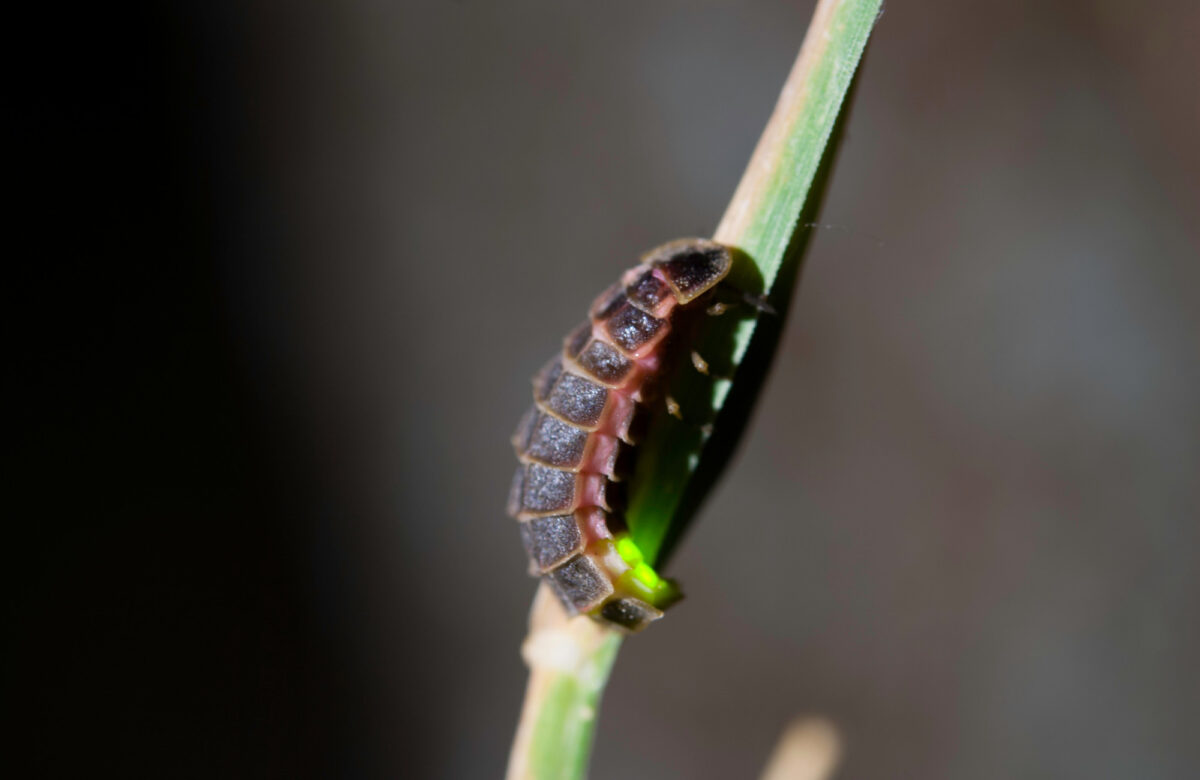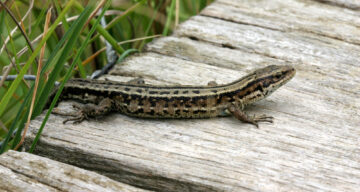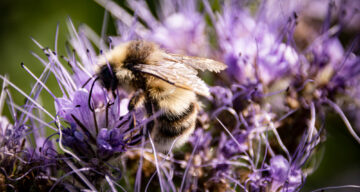Something exciting is happening: Landscape restoration at Hadleigh Country Park
Something exciting is happening: Landscape restoration at Hadleigh Country Park
Grassland Restoration Works at Hadleigh Winter 2024/25
At the end of November 2024 we begun the next phase of our grassland restoration works at Hadleigh. Funded by the government's Countryside Stewardship scheme, the aim is to restore the landscape and boost biodiversity and nature recovery for the future.
During winter 2024/25 scrub and tree removal and fence installation will take place as part of our grassland restoration programme.
Please rest assured that we are checking for any signs of birds nesting and invertebrates emerging, and any work will immediately cease if they are found.
Read our flyer for more information on what is happening and where.
Hadleigh Country Park
Hadleigh Country Park is a lush landscape of grassland and scattered scrub leading down to grazing marsh and the tidal mudflats of Benfleet Creek.
It is ecologically rich and the combination of habitats have local, national and international significance.
Much of the country park is nationally important, designated a Special Scientific Interest (SSSI) for its plants, insects, wading and overwintering birds.
The grazing marsh and neighbouring creek is an internationally recognised Special Protection Area (SPA) and Ramsar site.
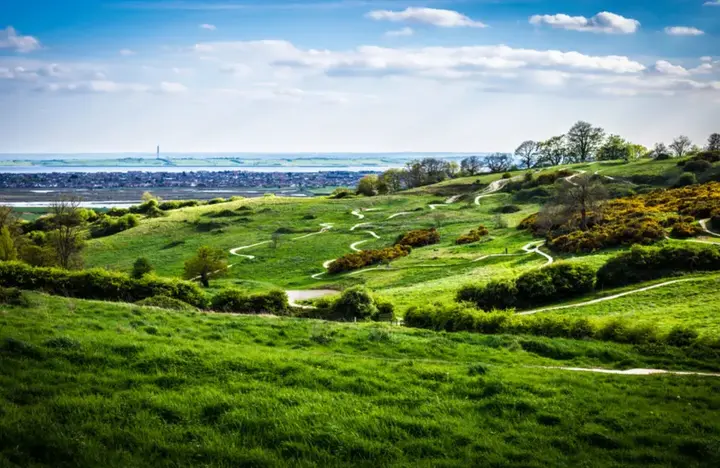
What we are doing at Hadleigh and why
Did you know that in the UK we have lost almost two million acres of grassland during the last 25 years?
The south facing 'Thames Terraced Grasslands' at Hadleigh were once well established, but as scrub has grown up, a proportion of these areas has become lost.
At Hadleigh we are therefore undertaking a planned programme to restore and manage our grassland areas, to protect and increase the numbers of rare native flowers that already grow there.
In turn these plants should support the rare bee species and other insects found at Hadleigh and boost biodiversity – supporting a nationwide effort to protect and enhance the natural environment for the future.
A series of habitat assessments and focussed surveys for plants and invertebrates will be ongoing in order to check the impact and ensure that the restoration and management of the grasslands is successful.
This work is agreed by and a requirement of Natural England (the government’s statuary body responsible for natural green infrastructure) and part of a government funded programme known as the Countryside Stewardship Scheme.
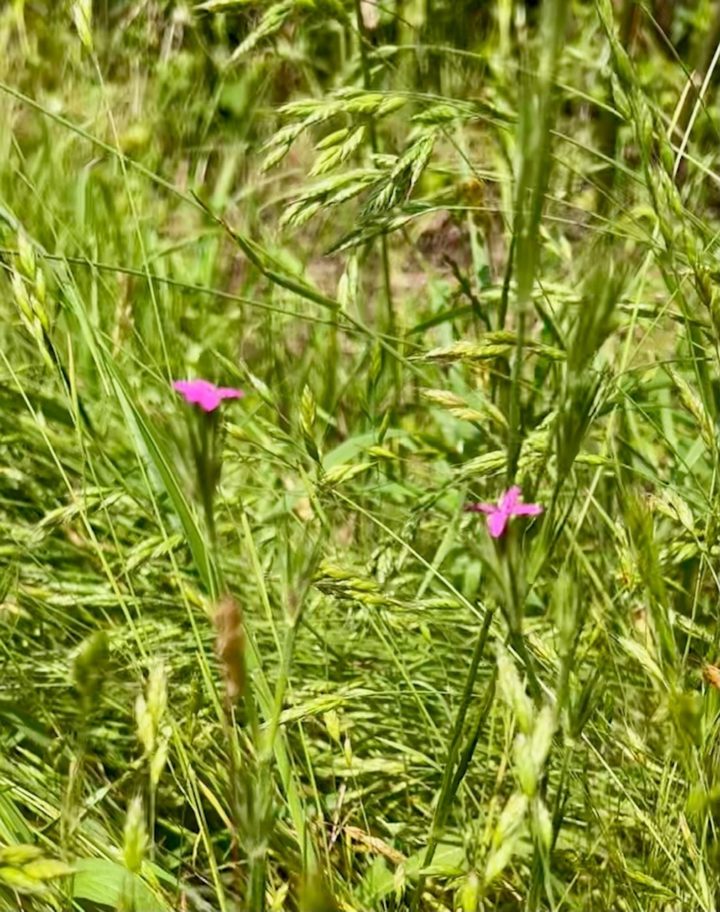
Grassland and rare plants
The ongoing restoration and creation of grassland at Hadleigh, which began in 2012, involves the clearance of some areas of rose, blackthorn, hawthorn and a variety of other trees which have grown up over the years. These works have already seen a successful increase in rare plants including:
- Bithynian vetch
- Deptford pink
- hairy vetchling
- hartwort
The aim for the future is to continue to remove scrub from both the grassland restoration areas and some carefully selected areas of the SSSI.
This will be achieved through a combination of mechanical and long-term grazing.
Visitors can be assured that any cutting back will take place outside of the bird nesting season.
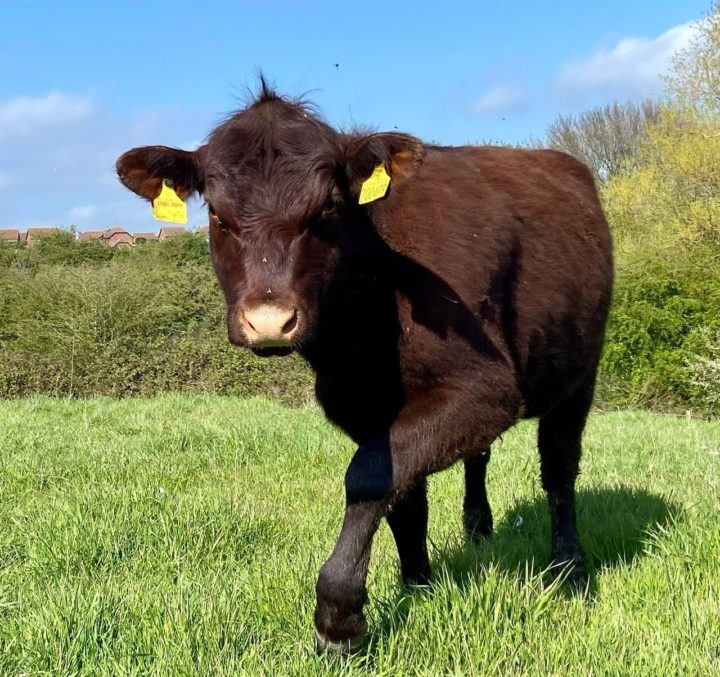

Grazing livestock
The change of grassland management at Hadleigh to natural methods – grazing by native livestock rare breeds including red poll cattle, sheep and cheviot goats – has already significantly boosted the suitability of the site for insects and pollinators, by helping to increase the number and variety of flowering plants that they rely on for food.
In the future the gradual introduction of sheep and more goats to a total of 60 animals over five years will help to manage these grasslands and prevent the grow back of more scrub.
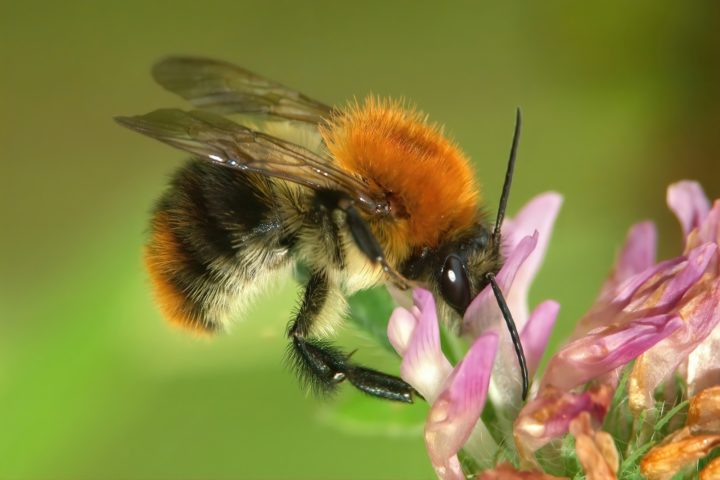
Bees at Hadleigh
Despite rapid national and local declines, the brown-banded carder bee and shrill carder bee are present at Hadleigh and the value of the bumblebee habitat has already been shown to have increased through the grassland creation and management.
Mini earth cliffs have also been extended to provide specialist habitat and the numbers of the rare white-letter hair streak butterfly at the site has increased.
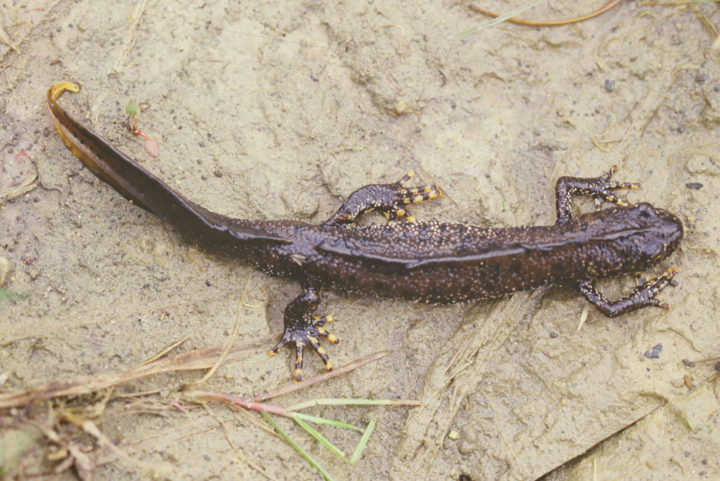
Great crested newt habitat
We are excited to have great crested newts (GCN) in the ponds at Hadleigh. In 2023 four new ponds were created to boost the habitat for the GCN and other freshwater species.
Some of the ponds are quite close to some of grassland restoration areas, so we are therefore planning to keep a large section of woody scrub along the southern edge to act as a ‘habitat buffer’.
Monitoring at Hadleigh
Regular monitoring, with a focus on assessing the habitat, rare and notable plants and invertebrate collections and species will continue to take place throughout the works.
These include:
- Ariel imagery of the scrub coverage was taken at the beginning of the works and will be taken again to ensure the targets have been met.
- Annual habitat audits and mapping are being taken, which include a list of plant species.
- Rare plant species are recorded on a 100 x 100m grid to check presence and increase.
- Invertebrates will be rigorously surveyed and sampled to generate species lists, which can be compared in future years.
The work taking place at Hadleigh is one part of the Essex Country Parks ambitious landscape restoration schemes.
Read more about the other Essex Country Parks programmes taking place.
Please rest assured that this ambitious landscape restoration and nature recovery work does not impact on the overall nature of the park, to provide a beautiful green space and accessible footpaths and trails for our visitors.
- Hadleigh Country Park works closely with Essex County Council’s (ECC) Place Services ecologists and Natural England Site of Special Scientific Interest (SSSI) advisors.
- A detailed Grassland Restoration Management Plan has been created for the site by ECC’s Place Service ecologists and Applied Ecology Ltd, agreed by Natural England.
- This work also forms part of a national Countryside Stewardship Scheme, which is agreed and funded by Natural England and Defra.



